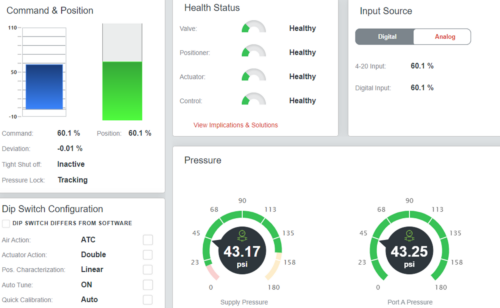Protecting the supply chain from global crises
The COVID-19 pandemic is forcing manufacturers to rethink the supply chain and how it can be affected by outside forces. Consider the 14 questions and actions highlighted.
The COVID-19 pandemic will continue to affect every part of society. While governments are rushing to contain its spread during this global crisis, manufacturers must satisfy customer demand while ensuring health, quality and safety.
Is your company’s supply chain robust enough to manage today’s disruptions – and others to come? Here are 14 actions to take and questions to ask. They can help your operation keep things on track now – and later.
1. Set up a cross-functional supply chain coronavirus response team.
The team should include members from every function and discipline within the organization. The leader of the team should report directly to the CEO.
2. Segment the portfolio to determine heavy-hitting products.
Since not all products are of equal importance, consider rating products based on margins, lead times, and criticality.
3. Map exposure to suppliers (Tier 1, 2, 3) for each product line.
Create a matrix identifying customers, products and sources of supply that are most critical, then estimate impact.
4. Determine needs and set priorities based on current and forecasted customer demands.
Understand how prepared key suppliers and other stakeholders are to meet your needs.
5. Evaluate all risks on sources of supply, production capacity, delivery and demand.
Scenario planning is an excellent tool.
6. What can you do to support your suppliers’ stability?
Are there issues you can help them with?
7. What levels of buffer stock do you need for crucial parts?
What parts stock can you obtain under current circumstances? Base this analysis on your established customer priorities.
8. Identify product lines for which alternative sources of supply could be developed.
Consider all options and analyze all possible outcomes.
9. Determine part/materials rationing, inventory, warehousing, logistics and production capacity needs.
These should be evaluated based on materials availability, customers, margins, delivery cycle and logistics tactics.
10. Evaluate how much flexibility you have to increase capacity or switch production processes to other lines.
Can you fulfill a market need by flexing production processes or production capacity?
11. Evaluate worker availability to meet production needs.
Consider government restrictions, social distancing, and employee absenteeism in the plan.
12. Develop your strategic plan for the current crisis.
Then use this planning model to examine longer term changes that could be made within your supply chain.
13. Communicate and ensure transparency with your employees and customers about your current situation and plans.
From a constantly updated page on your web site, to internal communications with employees, to calls and emails, everyone must be kept in the loop at all times.
14. People first, profits second.
Above all: Please stay safe, be well and know that we are in this together.
Tony Rodriguez, CMC, is president of Daniel Penn Associates, a CFE Media content partner.
Do you have experience and expertise with the topics mentioned in this content? You should consider contributing to our CFE Media editorial team and getting the recognition you and your company deserve. Click here to start this process.





